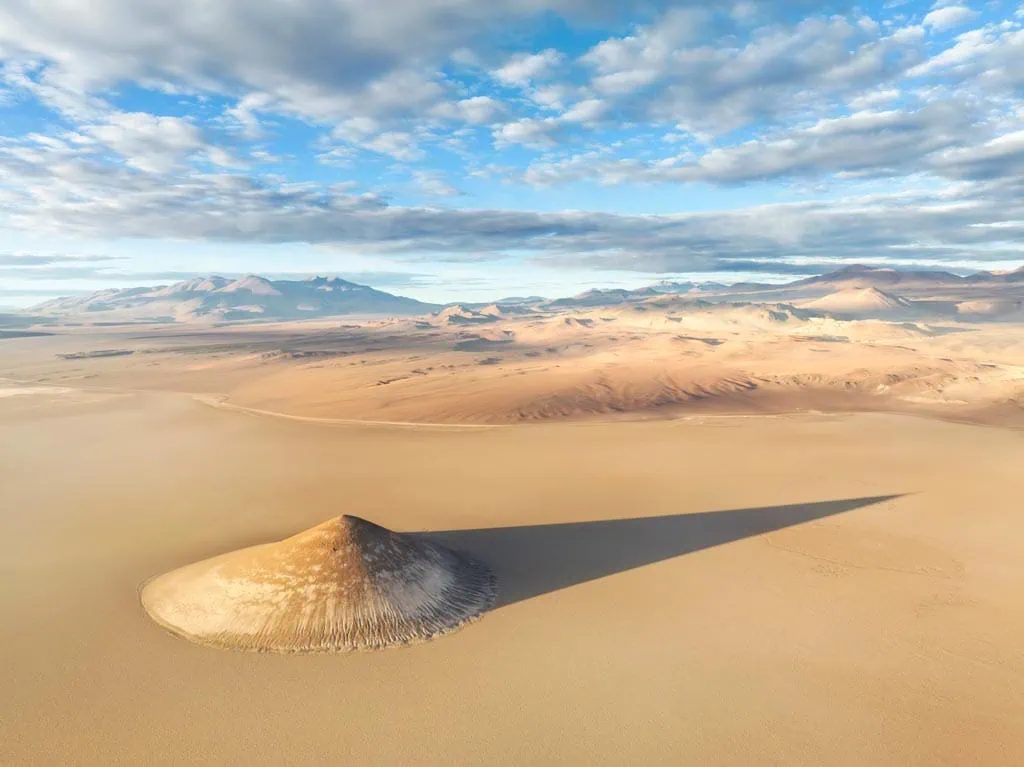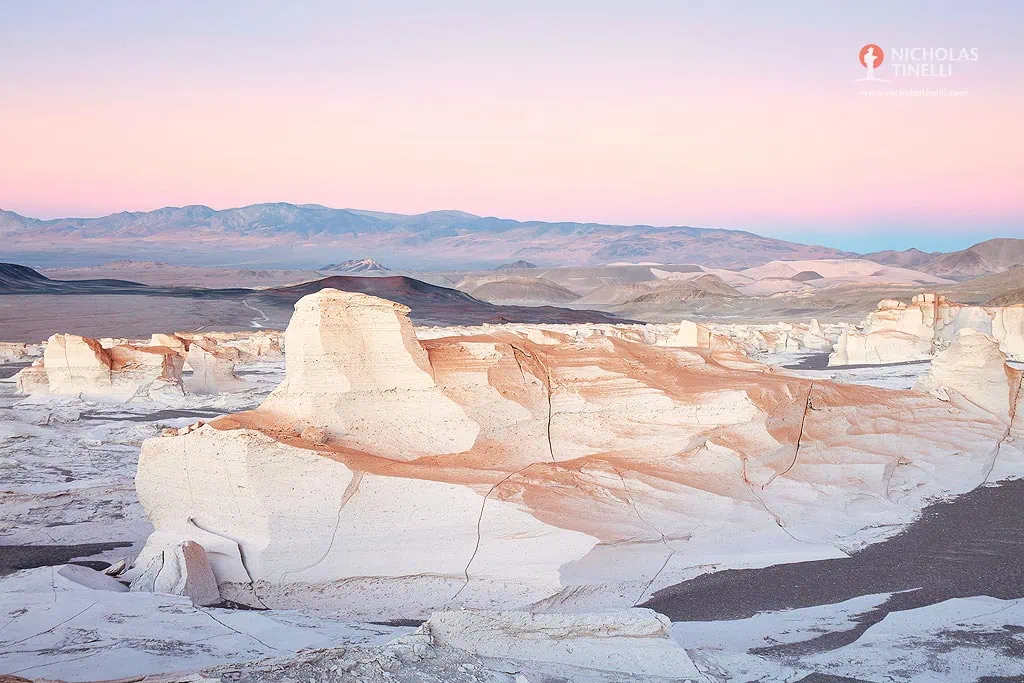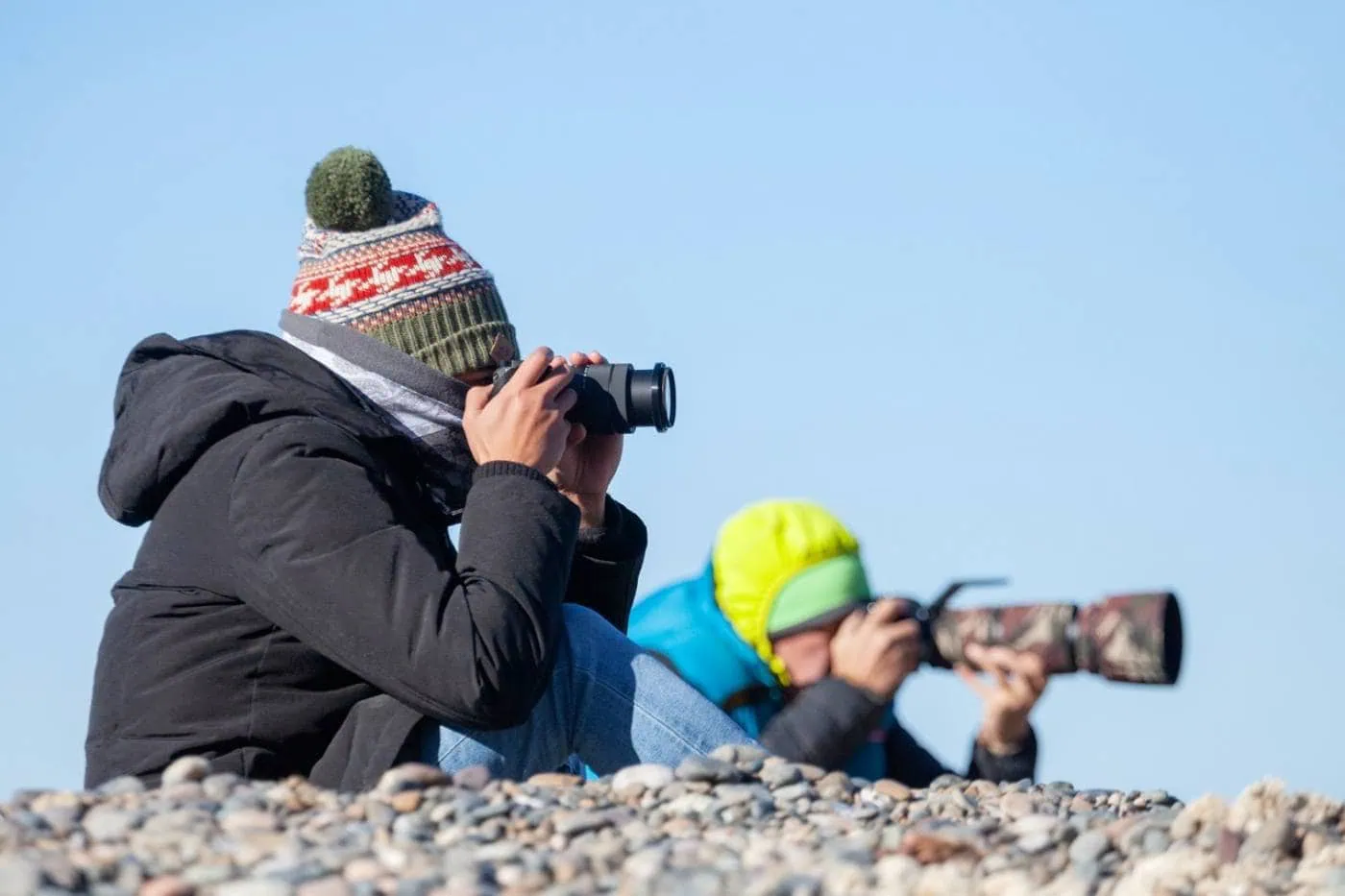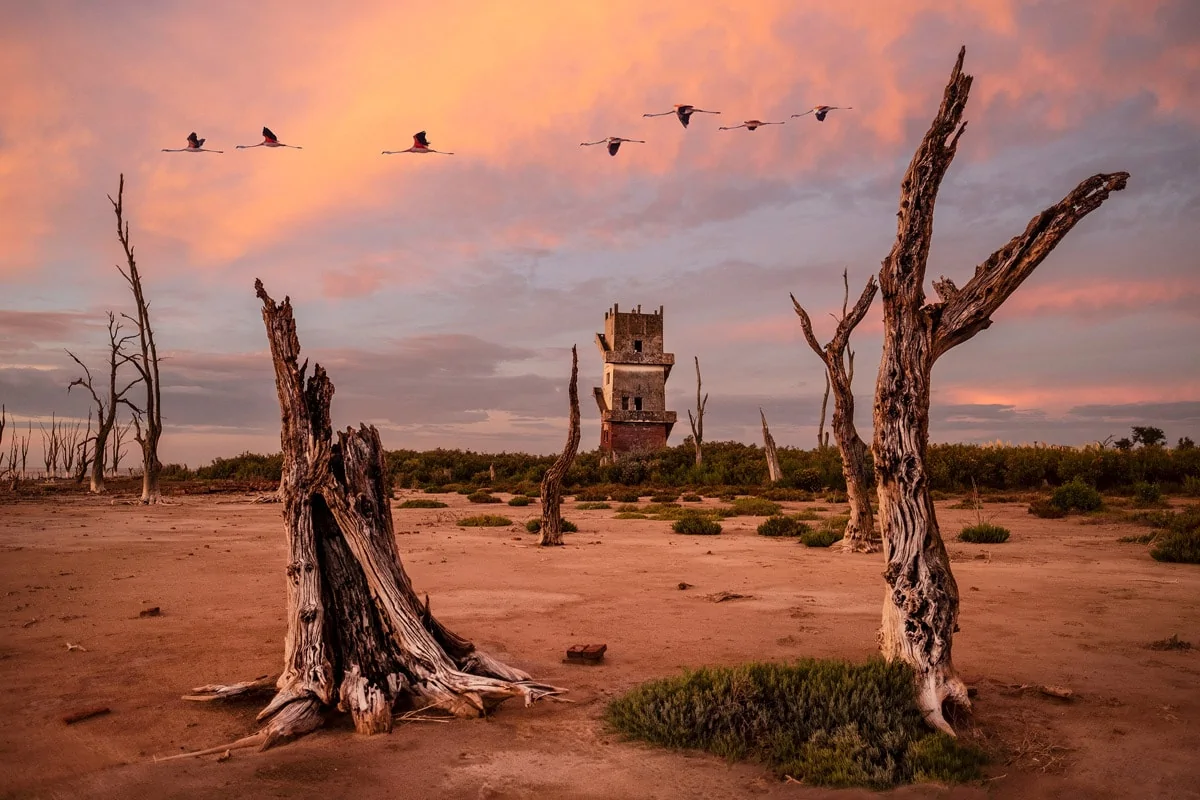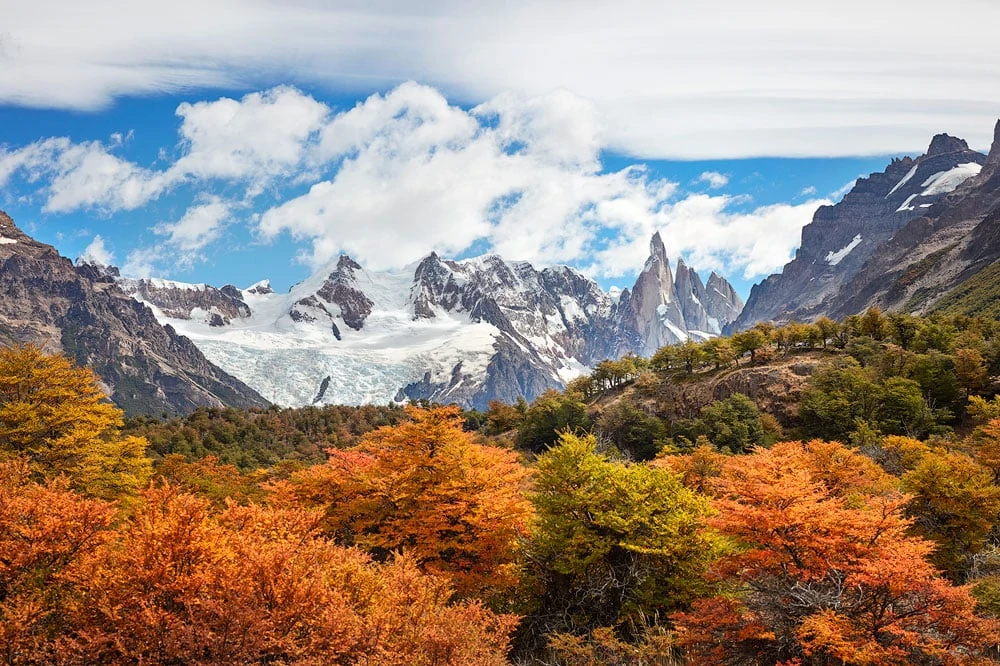Tolar Grande is a small mining town at 3,500 meters of altitude, that was born with the railroad, It is located between the red and ocher mountains of the Puna of Salta, in the northwest of Argentina (NOA). A dream destination for a Landscape Photographer. Visiting the area around Tolar Grande and the Puna de Atacama in general offers the possibility of experiencing a trip to another planet.
In 1999 the town has gained some notoriety for being the closest place to the Llullaillaco volcano, where the bodies of the “Children of Llullaillaco” were found, now preserved in the MAAM (Museum of High Altitude Archaeology) in Salta.
In this article we are going to talk about the Puna and its main attractions, in the surroundings of Tolar Grande, which make the town the ideal starting point to get to know the Puna of Salta:
- The Llullaillaco and Socompa volcanoes
- The Arizaro Salt Flat and the Arita Cone
- The Santa María Lagoon
- The abandoned Julia mine
- The Devil’s Desert (also called “Labyrinth Desert”)
Table of Contents
What is the Puna?
The word Puna has a Quechua origin and means “High Altitude Region”.
The Puna ecoregion is located in the central mountain range of the Andes. It extends from Peru, through Bolivia, until the north of Chile and Argentina. The Argentine Puna, in the provinces of Salta, Jujuy and Catamarca, is located at an average altitude of around 3,500 meters.
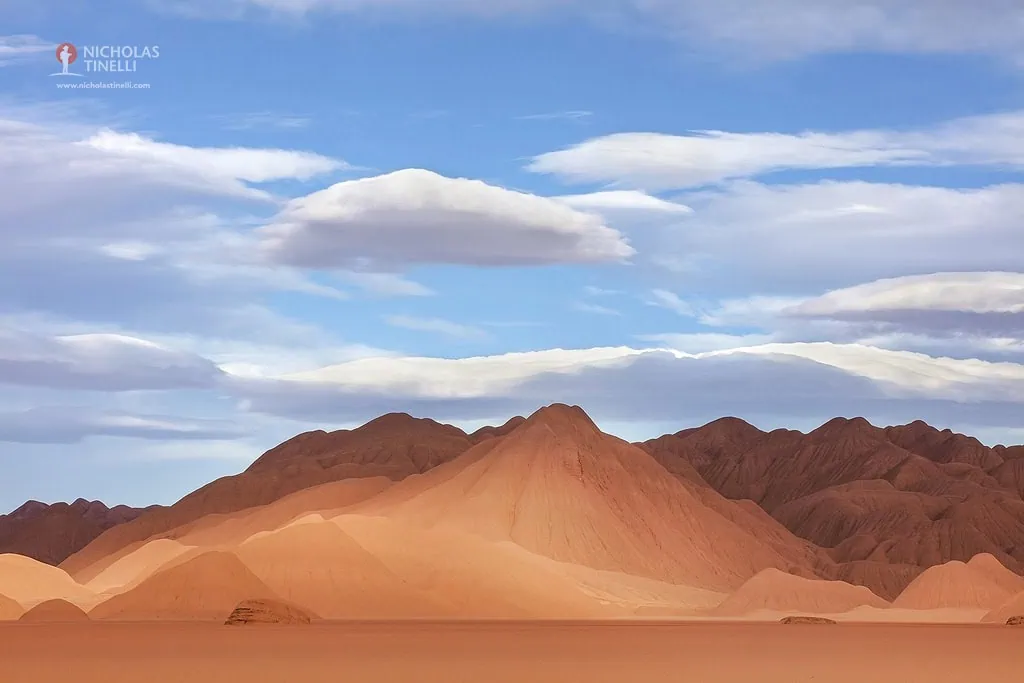
Wildlife in the Puna de Atacama
The most representative wildlife of the Puna includes vicuñas.
Among the birds, it is worth mentioning the presence of the flamingo, and the suri.
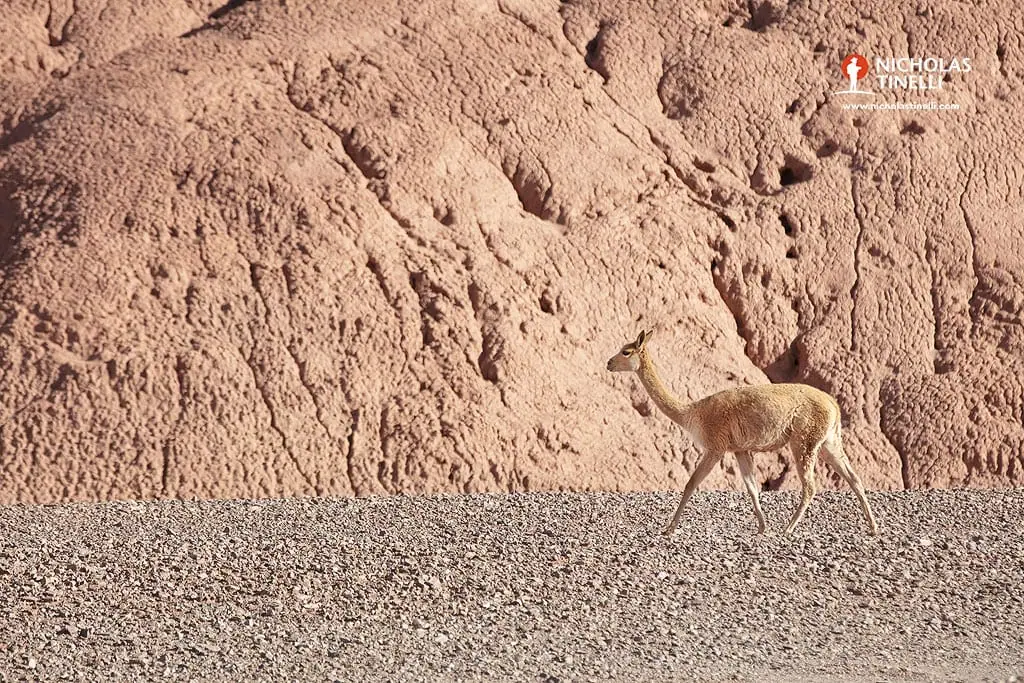
Climate in the Puna of Salta
The climate of the Puna has a wide thermal amplitude, which varies according to altitude. With warmer temperatures during the day and colder at night.
In these climates it is always recommended to dress in layers, due to the large temperature variations.
History of the Tolar Grande
For a long time, the railroad and mining were the backbone of Tolar Grande’s economy.
The town, founded by Spanish settlers, was formed around the train station and had its period of maximum expansion around the 1940s. El Tolar was part of the railroad branch to Chile, connecting the city of Salta with the city of Antofagasta. At that time around 5,000 people lived in the town, mainly dedicated to the railroad business.
At the same time, the mine “La Casualidad” was in full operation, which transported loads of sulfur from “Mina Julia” to the Tolar Grande railway station to send them to their final destination.
The closure of the mine and the interruption of the railway project caused the depopulation of the region, with the consequent worsening of the living conditions of the few settlers who decided not to leave the town.
In recent years, tourism has become one of the main engine of development.
Salar de Arizaro and Arita Cone
The Arizaro Salt Flat has an area of 1,600 km² and is located 30 km away from the town of Tolar Grande. It is one of the largest salt flat in the world and in Argentina.
The famous Arita Cone, a perfectly conical hill, is located in the salt flat. A unique natural spectacle.
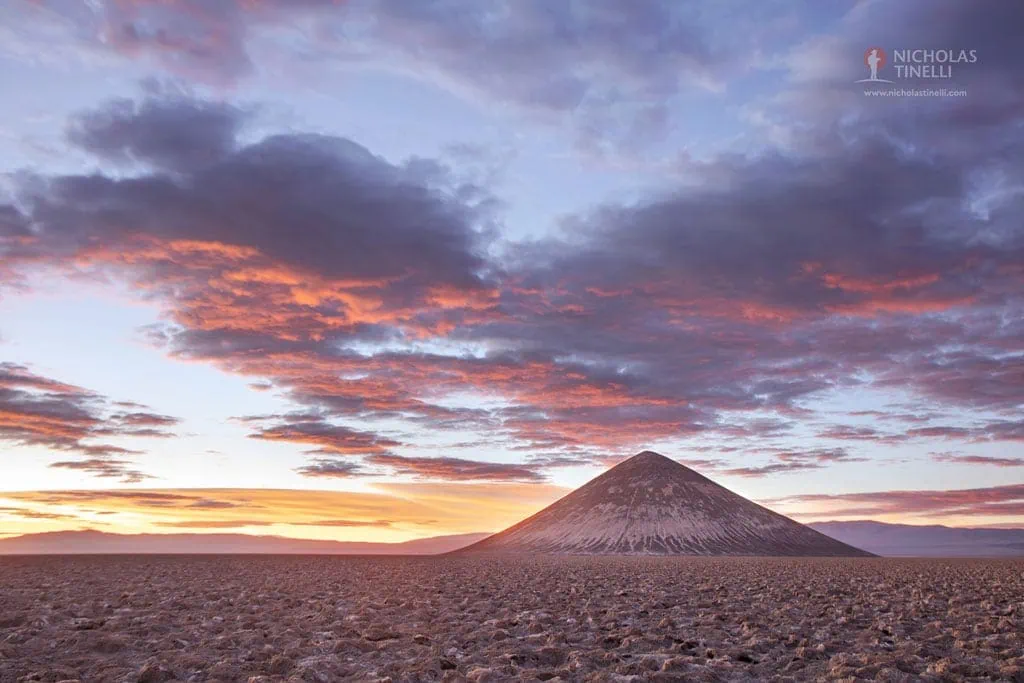
Llullaillaico Volcano
Llullaillaco is a stratovolcano located on the border between Argentina (Salta province) and Chile (Antofagasta region), 110 km from the town of Tolar Grande. The oldest rocks of the volcano are about 1.5 million years old.
The first recorded ascent of the mountain was in 1950, but traces of earlier ascents and several archaeological sites have been found on the mountain and at its foot.
Llullaillaco represents one of the highest archaeological site in the world. In 1999, the mummified remains of three children (La Doncella, La Niña del Rayo and El Niño), known as the “Children of Llullaillaco”, were found frozen in a perfect state of preservation. Offered by the Incas to their gods in this sacred mountain.
Socompa Volcano
The Socompa stratovolcano is one of the highest peaks in the Andes (6,051 m) and is located 140 km from the town of Tolar Grande, on the border between Argentina and Chile.
A mystical place, that has been witness of numerous Inca ceremonies.
Laguna Santa María
About 65 km from Tolar Grande are the blue waters of Laguna Santa Maria that contrast with the ocher-colored rocks typical of the landscapes of the NOA.
A unique saltwater mirror in the Puna to observe groups of vicuñas and large colonies of flamingos.
Julia Mine
Julia Mine is located near the Chilean border and represent what was one of the largest sulfur mines in Argentina until its final closure in 1991.
The Devil's Desert (Labyrinth Desert)
Welcome to Mars!
The arid landscape of the Devil’s Desert, near the village of Tolar Grande, is very similar to the Martian surface. The deep red of its rocks mixes with the blue of the clear skies of the Puna.
Not to be missed.
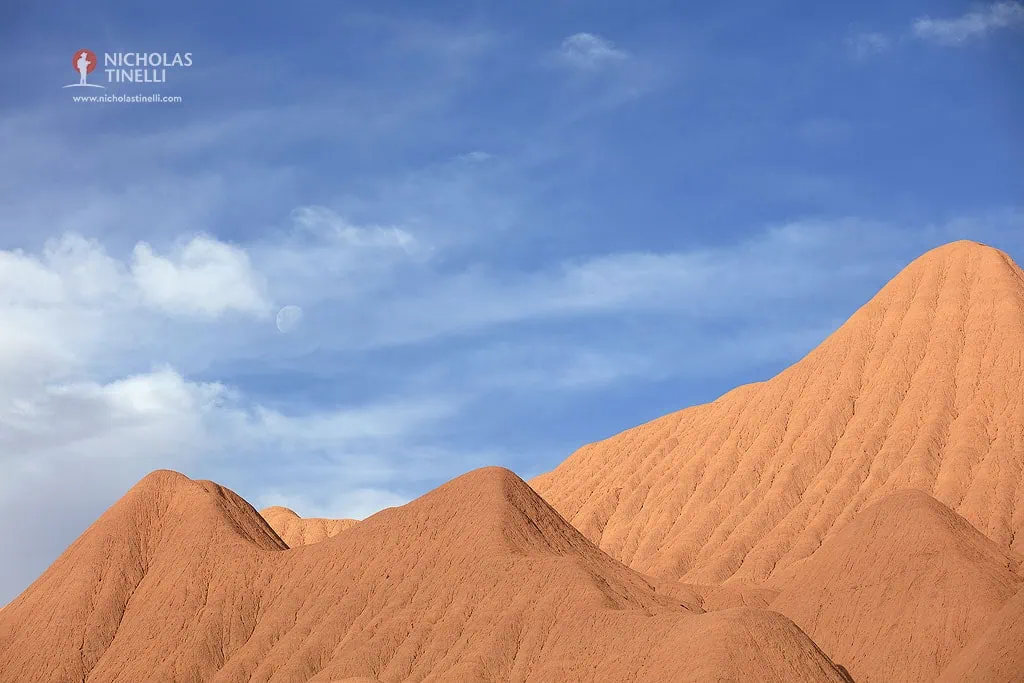
When to Travel?
The Best Time to Travel to Tolar Grande is the fall (March to May) and spring (October to December).
How to Get to Tolar Grande?
Tolar Grande is located in a remote area of Argentina, in the Andes Mountains. Before traveling it is important to always check the weather and the state of the road, almost entirely of dirt / gravel. It is recommended to travel only accompanied by a Local Guide.
The town of Tolar Grande is 380 km from the city of Salta and 214 km from San Antonio de los Cobre. It is accessed by RN 51 passing through the towns of Campo Quijano, Santa Rosa de Tastil and San Antonio de los Cobres. Then it joins with the RP 27 where it passes through the towns of Olacapato and Salar de Pocitos, until arriving to Tolar Grande.
Discover the Puna de Atacama with Us!
4x4 Off-Road Adventure

